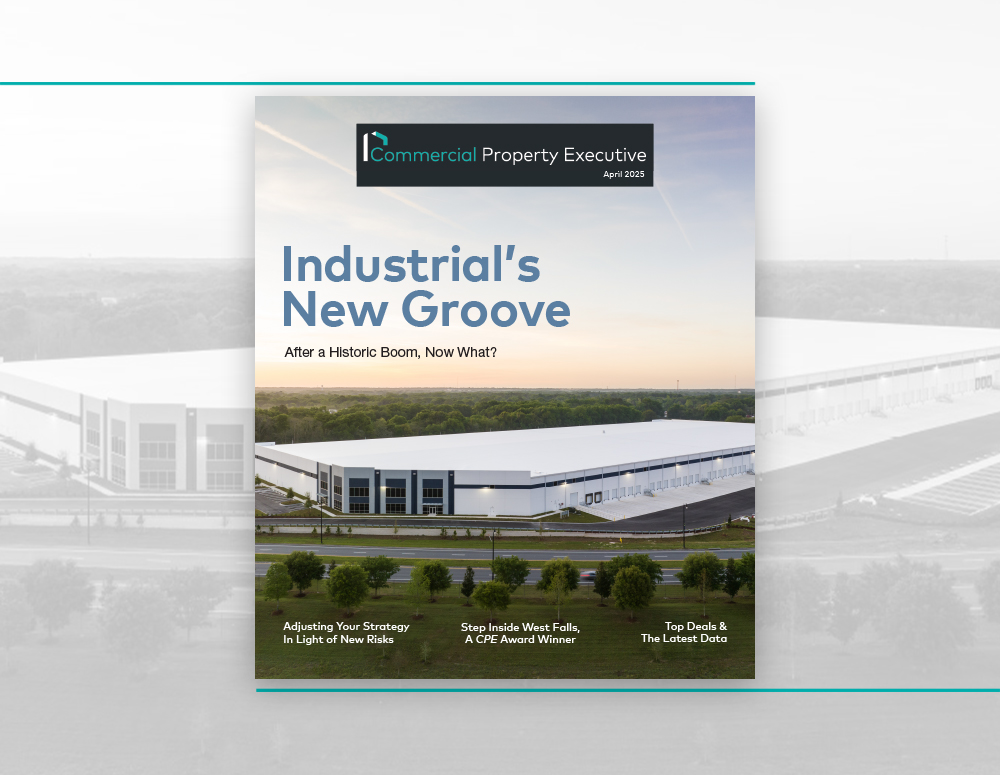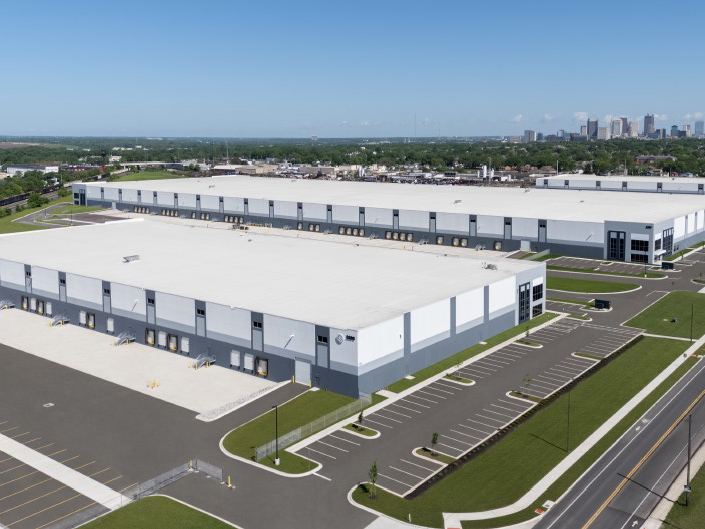Upbeat Outlook for Office Investment: Report
The Mid-Year Office Investor Sentiment Report by Real Capital Markets finds investors are looking to make deals, with $200 billion in dry power yet to be deployed in commercial real estate.
As we reach the halfway point in 2019, U.S. office property owners, investors and brokers say they expect investment activity to pick up and be consistent throughout the rest of the year and into 2020, according to a new Mid-Year Office Investor Sentiment Report by Real Capital Markets.
The investors, while still expressing some caution given the length of the cycle, cite the overall strength of the economy, job growth and population expansion in many markets, as signs for their optimism. They also point to an estimated $200 billion in dry power yet to be deployed in commercial real estate, leaving plenty of room for deals to be made. Nearly 40 percent of those surveyed said they expect investment activity to be consistent over the next six to 12 months. Twenty percent of respondents said they expect activity levels to increase nominally and 10 percent said activity levels will increase. Another 19 percent responded they expect only nominal decreases in investment activity and 12 percent said activity levels will decrease.
More than half of survey participants, 53 percent, said they expect pricing levels for office investments to be consistent over the next 6 to 12 months. Just 3 percent said they expect price increases and 13 percent predict only nominal price increases. Twenty-eight percent said to watch for nominal pricing decreases and 3 percent expect pricing level decreases.
Coworking concerns
The report raised a possible red flag over the growth of coworking investments with a majority of investors, 87 percent, calling coworking a moderate to high risk to investment values, and 37 percent of that total noting the market could be saturated. The report states office investors are looking more closely at the investment value of coworking space, because of its rapid expansion and potential exposure to market downturns.
Despite their concerns about future risk, owners and investors still see coworking—which accounted for nearly half of the U.S. office absorption in 2018 by some estimates—offering opportunities for office properties. Some noted a good coworking partner offers stability and cash flow to an office building.
“Industry experts are telling us that on many different levels, the coworking movement has been very good for the office market. As leasing and absorption have been strong for this sector, it has been accretive to value,” Tina Lichens, RCM COO, told Commercial Property Executive. “Owners and investors are mindful, however, that too much of a good thing may not always be positive in the long term, so they’re looking to strike the perfect balance in their buildings.”
Investors identified the top three ways coworking has impacted the market:
- Pushing vacancies down—adding value for landlords, stabilizing buildings and improving the health of some market areas;
- Creating an incubator mindset—some larger owners and REITs have used the concept as a way to attract smaller tenants and manage those relationships as they grow;
- Paving the way for more dramatic disruption to office leasing—the coworking leasing process is less expensive, and not as protracted or labor intensive as standard leases.
Paul Noland, vice president, acquisitions, L&B Realty Advisors LLP, picked up on the disruption angle and said coworking is having a huge impact on the traditional way office space is leased.
Kevin Shannon, co-head of U.S. capital markets, Newmark Knight Frank, and Steve Pumper, executive managing partner, Transwestern, both suggested keeping coworking spaces to 20 percent or less in a building, with 10 to 15 percent being ideal.
The general consensus was coworking providers can co-exist with other tenants, particularly in buildings that have more than 1 million square feet of space. They noted in those large buildings, owners should either embrace coworking or provide it themselves.
Location still matters
The survey participants said the greatest opportunities are value-add suburban office properties (39 percent) and well-located assets in emerging markets (37.1 percent). The report noted stabilized, well-located buildings, including trophy properties, were viewed as less desirable because of the lateness of the cycle as investors focus more on growth, value and yield. They are looking to markets with good fundamentals, including population, job growth and a trained labor force, for opportunities. Shannon said a great urban location or suburban building that is part of a transit-oriented development will do better than a Class A building in a mediocre location.
Operational challenges
The top two challenges cited by more than half of the survey participants were the cost of tenant improvement allowances (64 percent) and tenants taking less space (54 percent). The investors noted that tenant improvement costs across the board are increasing considerably faster than rents. That becomes a problem for owners, particularly in markets that have lower rents. Tenant improvement costs, which can include materials and labor, are consistently higher, regardless of geography. Improvements that previously ranged from $60 to $80 per square foot now costs about $110 per square foot or higher.








You must be logged in to post a comment.